The provided specifications outline key parameters for a solar panel. The maximum power (Pmax) denotes the highest wattage the panel can generate under optimal conditions, here specified as 200W. Open-circuit voltage (Voce) represents the voltage across the panel’s terminals when disconnected from any load, measured at 27.2V. Short-circuit current (ISC) indicates the maximum current flow when the terminals are directly connected, given as 9.49A. Maximum power voltage (Vamp) and current (Imp) represent the ideal operating point for the panel, at 22.2V and 9.01A respectively, maximizing power output. These values are crucial for designing efficient solar systems, ensuring components are appropriately matched to maximize energy harvesting.
Moreover, the maximum system voltage of 1000V sets an upper limit for the voltage in the entire solar array, important for safety and performance considerations. Additionally, the maximum series fuse rating of 15A indicates the maximum current that can flow through the panel safely, protecting it from overcurrent situations. Understanding these specifications is vital for designing and installing solar systems, ensuring they operate optimally, safely, and within their intended parameters to harness renewable energy effectively.











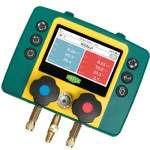

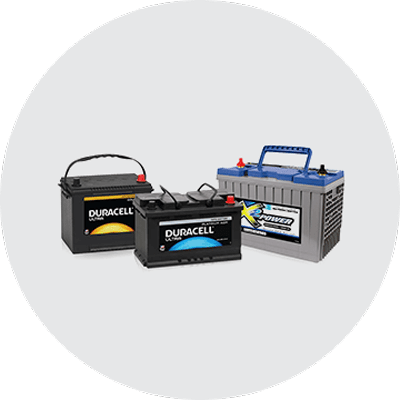





















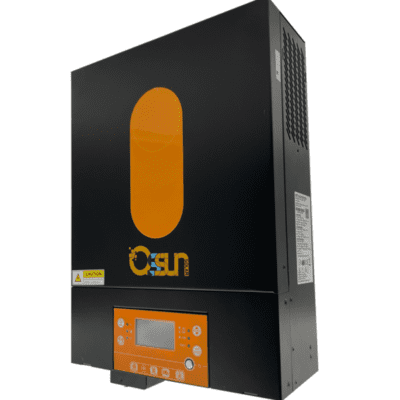
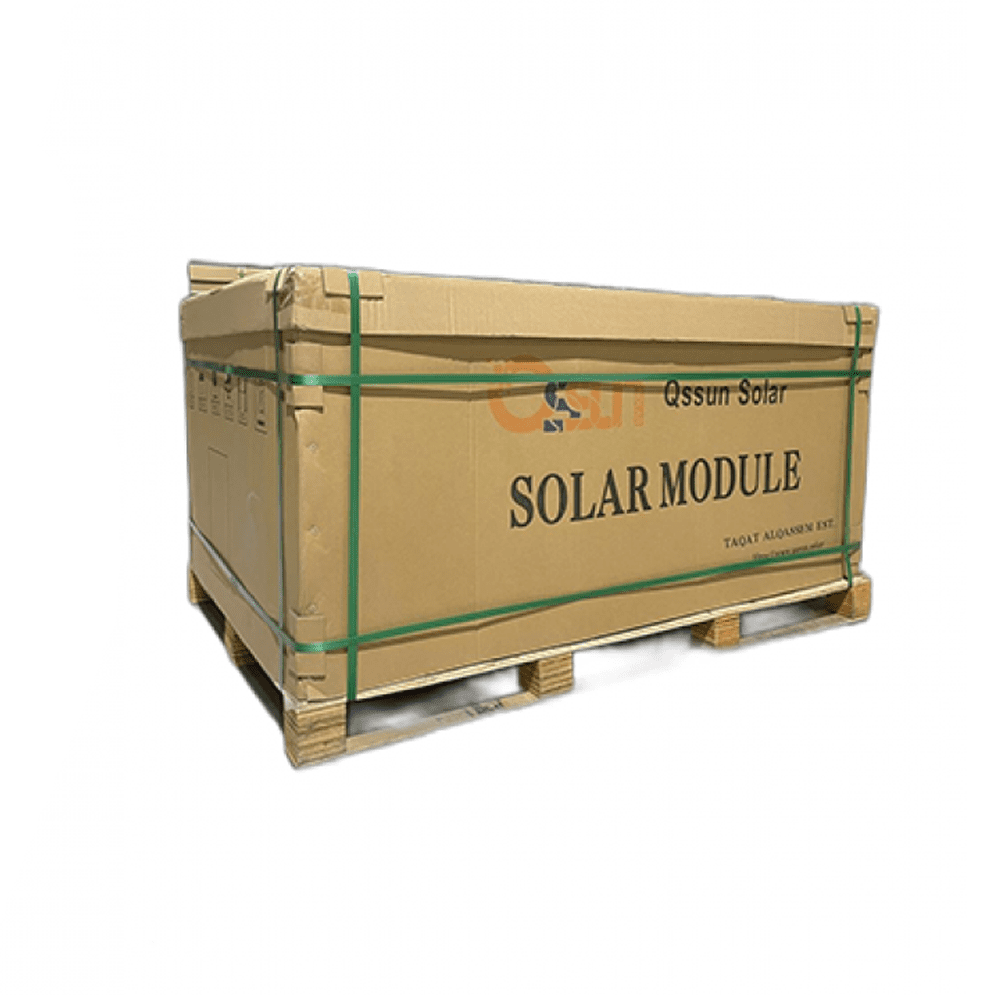
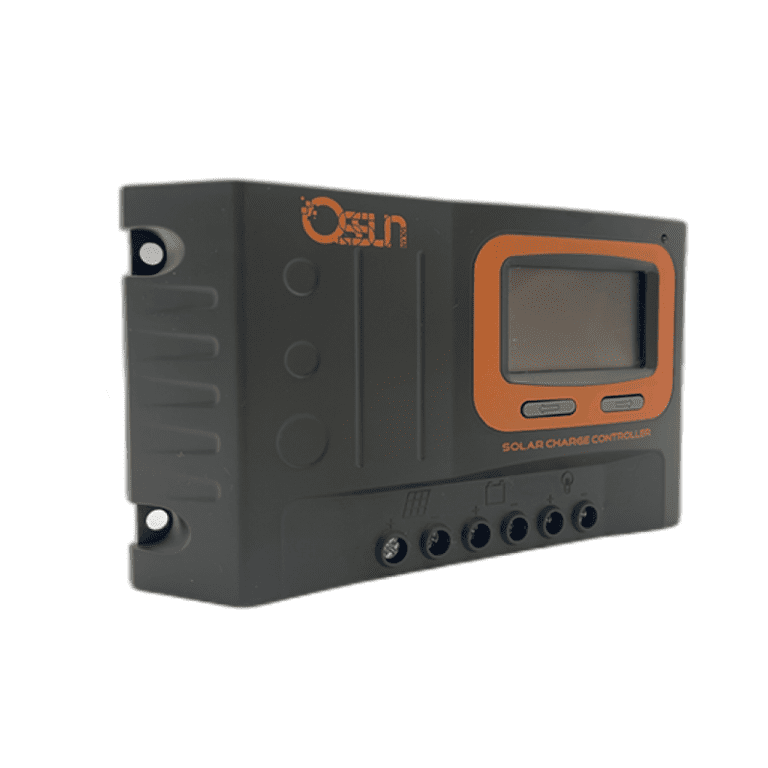
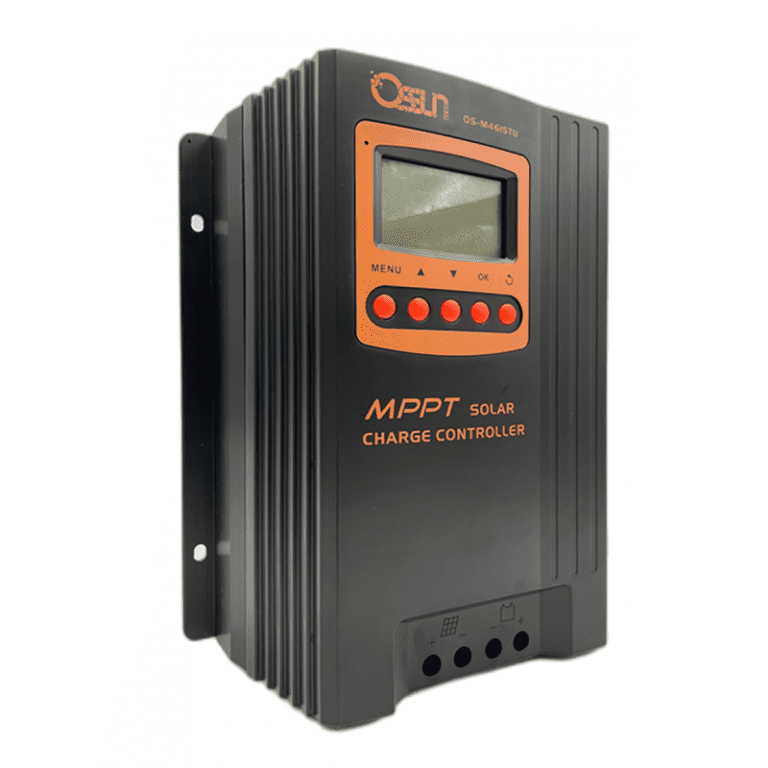
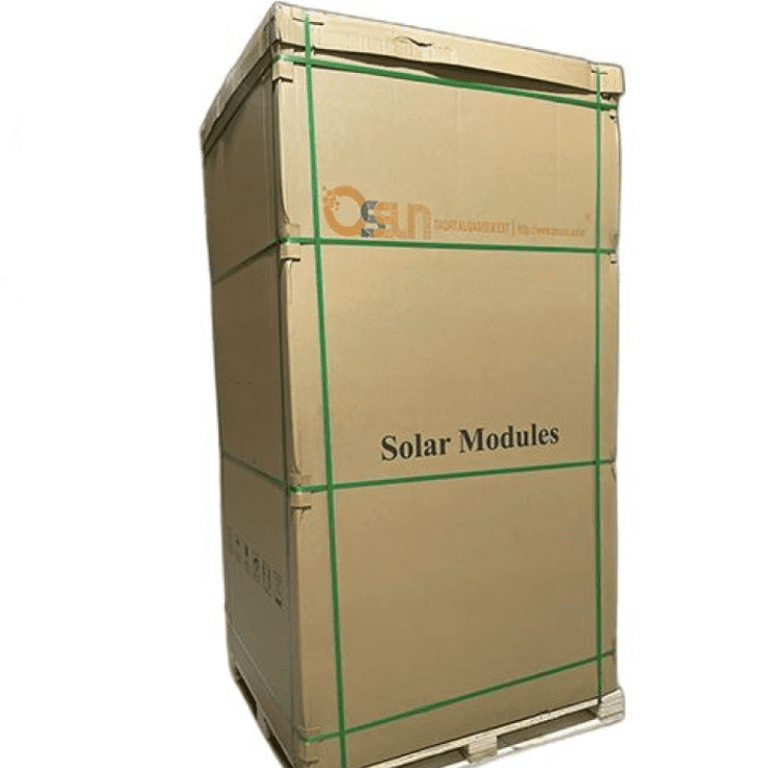

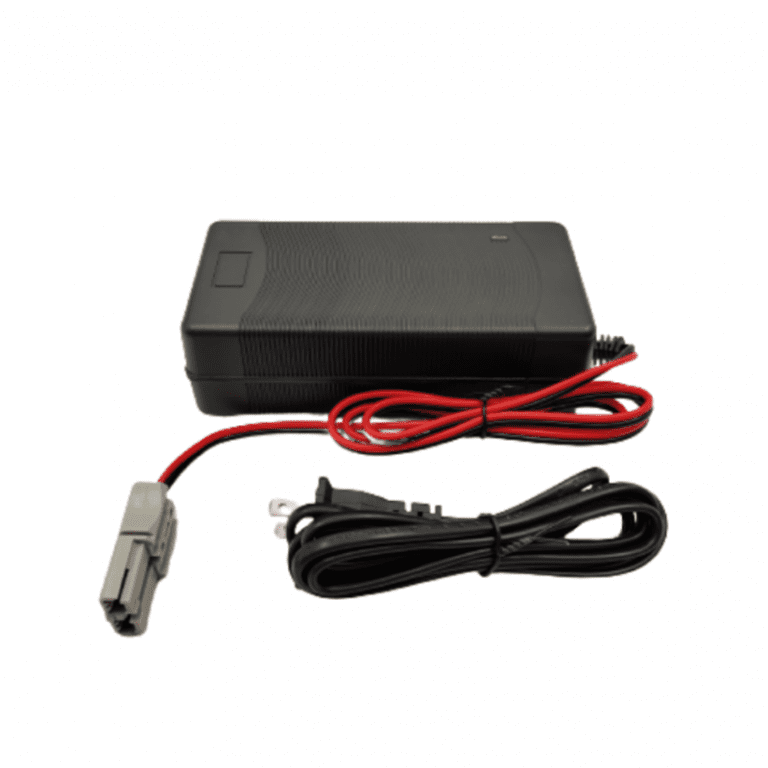







Reviews
Clear filtersThere are no reviews yet.